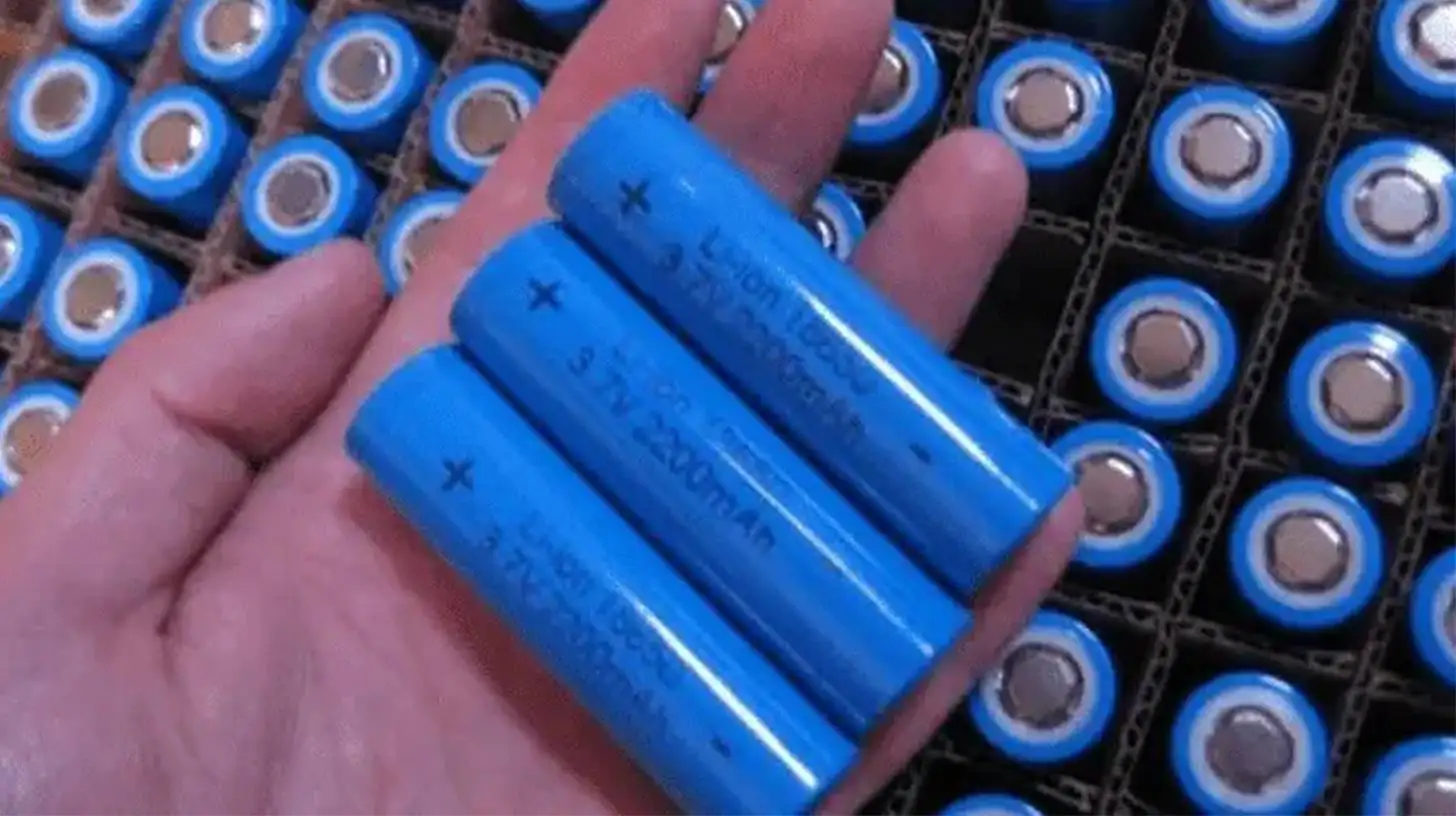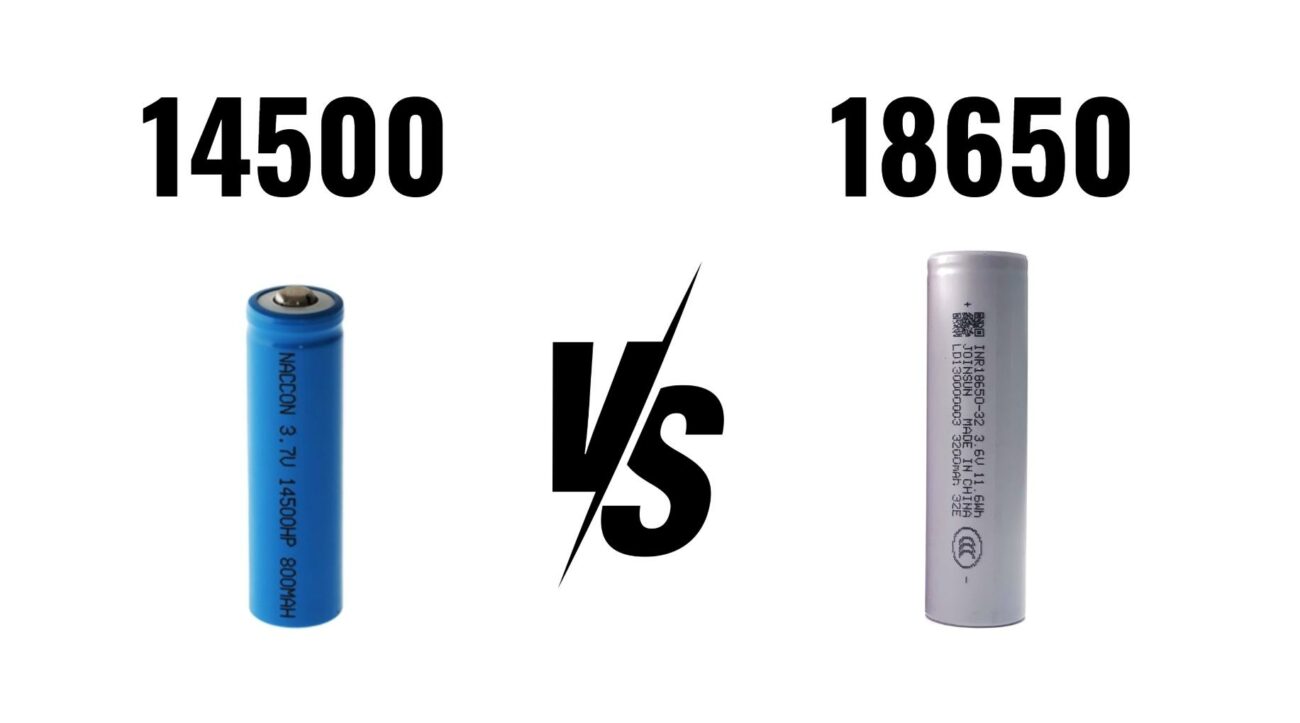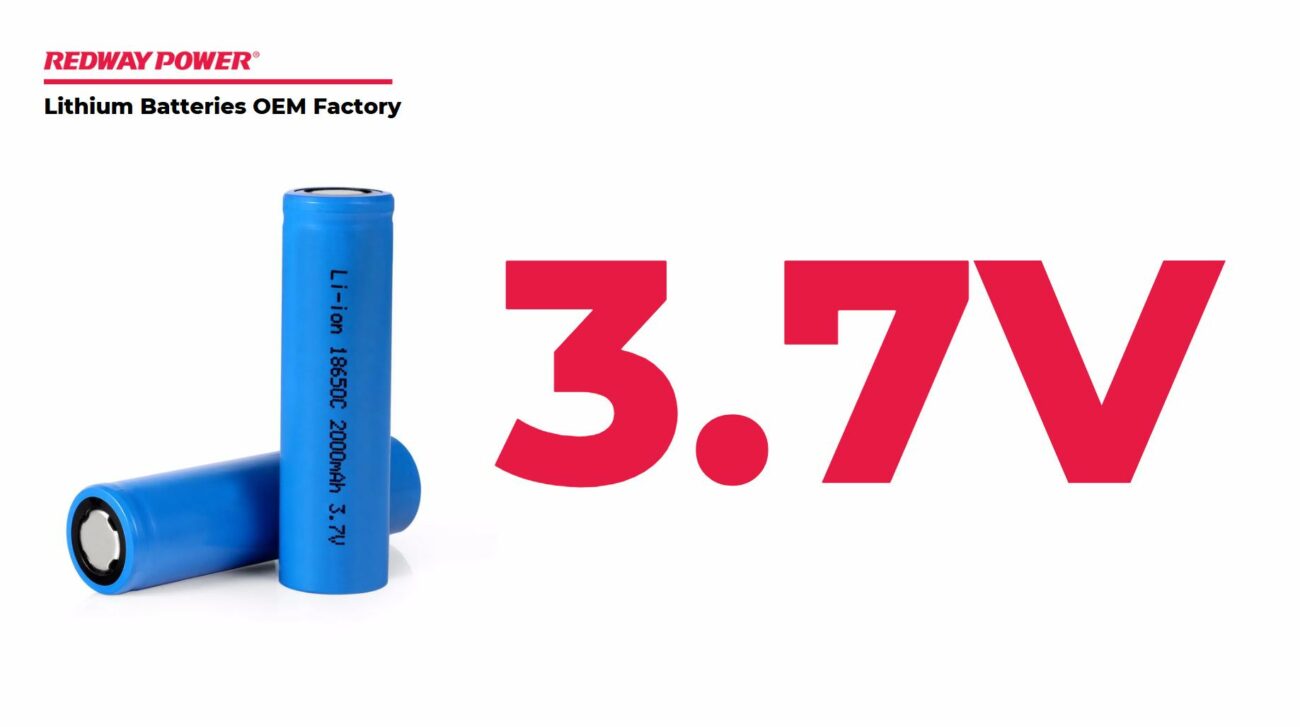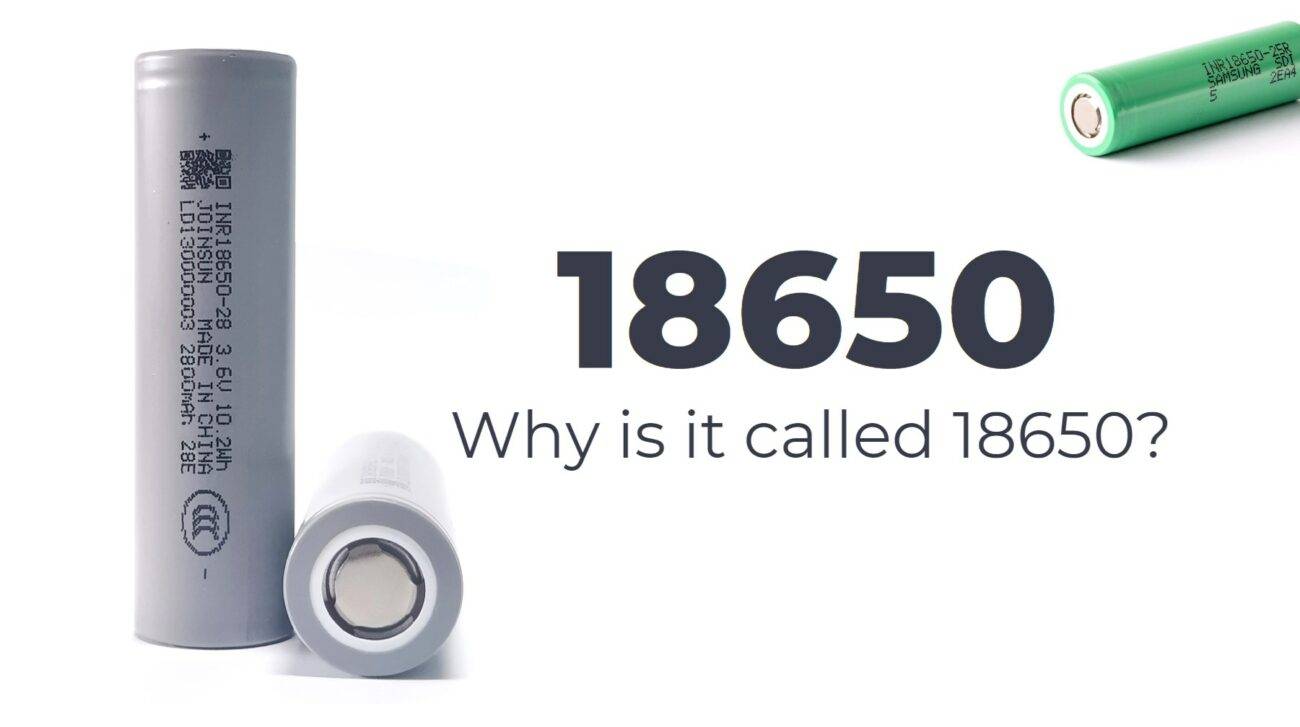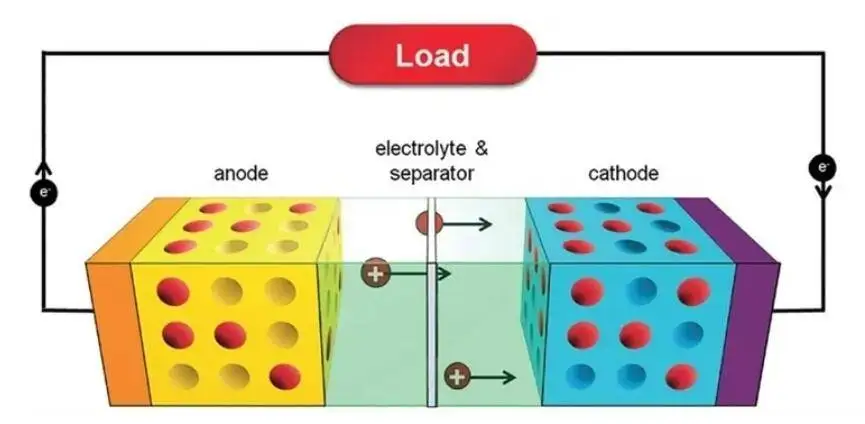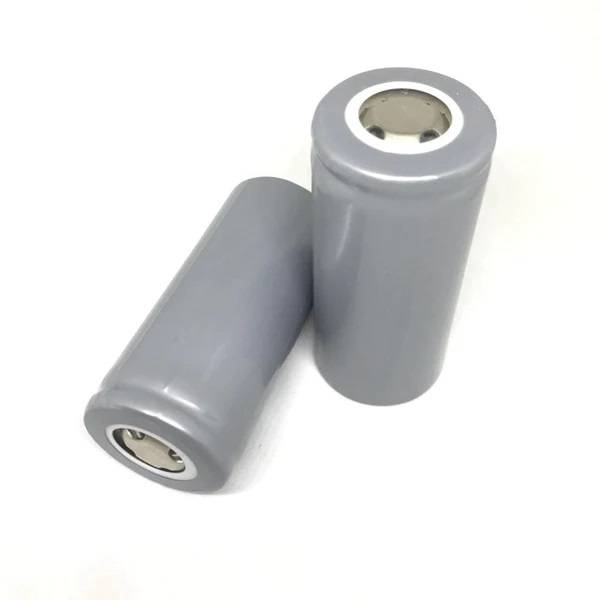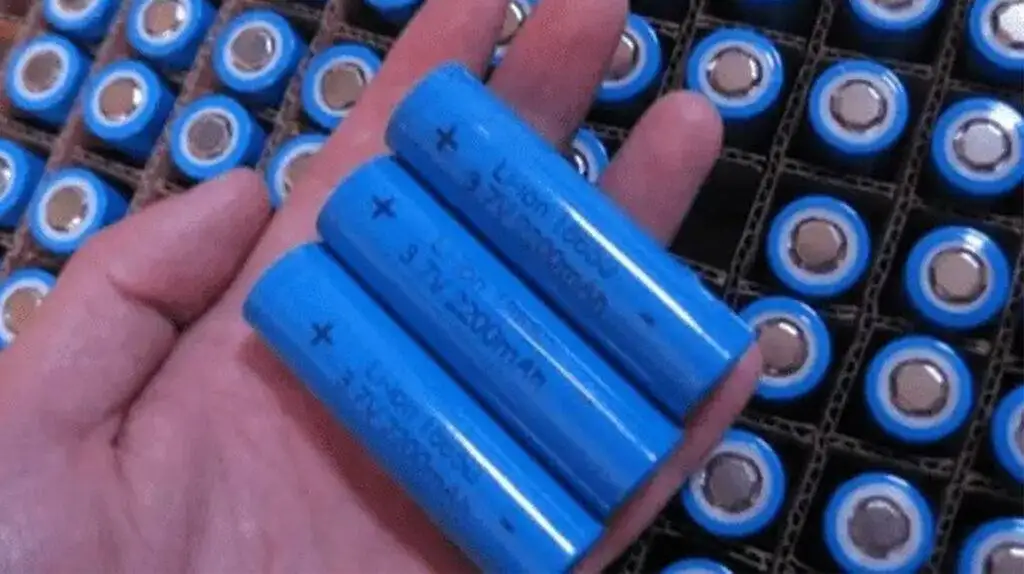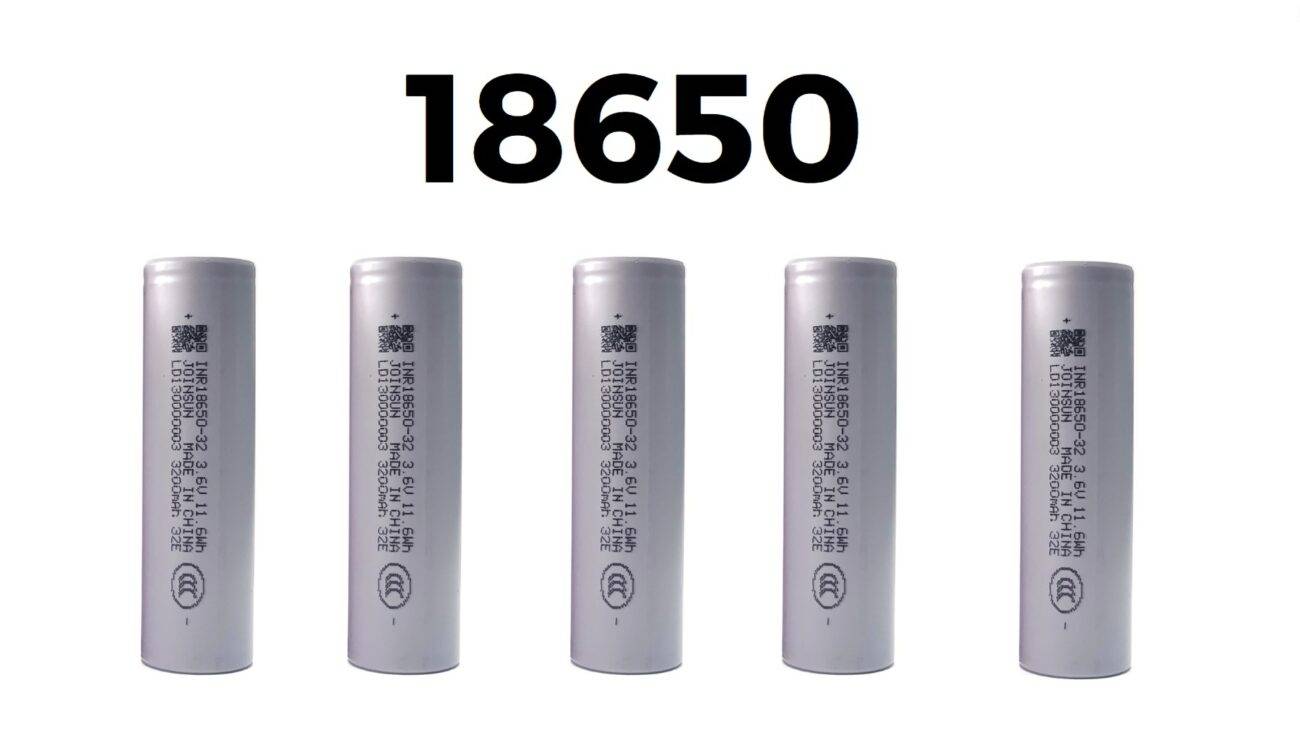When an 18650 lithium battery won’t charge, it can be frustrating, but understanding the potential causes can help you troubleshoot effectively. Common reasons include dirty contacts, faulty chargers, or internal protection mechanisms preventing charging. Solutions often involve cleaning contacts, checking equipment, or using specialized chargers.
What are the common reasons why an 18650 battery won’t charge?
There are several reasons why your 18650 battery may not be charging:
- Dirty Contacts: The electrode contacts may be dirty or corroded, leading to poor connections and increased resistance.
- Faulty Charger: Using an incompatible or damaged charger can prevent proper charging.
- Battery Protection Mode: If the battery has been over-discharged or overheated, it may enter protection mode and refuse to charge.
- Internal Damage: Physical damage to the battery or its internal components can disrupt charging.
Chart: Common Reasons for Charging Issues
| Reason | Description |
|---|---|
| Dirty Contacts | Corrosion or dirt on terminals leading to poor connection |
| Faulty Charger | Incompatible charger not providing correct voltage/current |
| Battery Protection Mode | Safety mechanism preventing charging due to low voltage |
| Internal Damage | Physical damage affecting battery functionality |
How can you troubleshoot and fix an 18650 battery that won’t charge?
To troubleshoot your non-charging 18650 battery, follow these steps:
- Inspect the Charger and Cables: Ensure that your charger is functioning correctly and that cables are not frayed or damaged.
- Clean the Contacts: Use isopropyl alcohol and a soft cloth to clean the battery terminals and charger contacts.
- Check for Overheating: Allow the battery to cool down if it feels hot before attempting to charge again.
- Test with a Multimeter: Measure the voltage of the battery; if it’s below 2.5V, it may need special handling.
Chart: Troubleshooting Steps
| Step | Action |
|---|---|
| Inspect Charger | Test with another device |
| Clean Contacts | Use alcohol and cloth |
| Monitor Temperature | Let cool if overheated |
| Voltage Test | Use multimeter for accurate readings |
What should you check first when your 18650 battery won’t charge?
Start by checking:
- Charging Equipment: Ensure that both the charger and cable are compatible with your specific battery model.
- Connections: Make sure all connections are secure and free from debris.
- Battery Voltage: Measure with a multimeter to determine if it’s within acceptable limits.
Why does an 18650 battery enter protection mode?
An 18650 battery enters protection mode primarily to prevent damage from overcharging, over-discharging, or overheating. This safety feature activates when:
- The voltage drops below a critical level (typically around 2.5V).
- The temperature exceeds safe operating limits.
- There is a short circuit detected within the battery.
What are the signs of a damaged or worn-out 18650 battery?
Signs that your 18650 battery may be damaged include:
- Swelling or Bulging: Physical deformation indicates internal damage.
- Rapid Discharge: The battery drains quickly even after charging.
- Inconsistent Voltage Readings: Fluctuating voltage measurements suggest internal issues.
How can you revive a deeply discharged 18650 battery?
To revive a deeply discharged battery:
- Use a Specialized Charger: Some chargers have a “revive” function that applies a small current to wake up dormant cells.
- Boost Voltage Manually: Connect it briefly in parallel with a charged cell to raise its voltage above the threshold for charging recognition.
- Allow Gradual Charging: If possible, use a low-current setting on your charger to slowly bring it back to life.
What precautions should you take when handling 18650 batteries?
When working with lithium batteries:
- Always use appropriate chargers designed for lithium-ion cells.
- Avoid exposing batteries to extreme temperatures.
- Handle with care to prevent physical damage or punctures.
Latest News
Recent discussions in online forums highlight growing concerns about safety in lithium-ion batteries, particularly regarding over-discharging practices and improper charging methods that could lead to overheating and potential hazards. Experts recommend adhering strictly to manufacturer guidelines for usage and maintenance.Editor Comment
“Understanding how lithium-ion batteries function is crucial for safe usage,” says Dr. Jane Smith, a materials scientist specializing in energy storage systems. “Regular maintenance, such as cleaning contacts and using compatible chargers, can significantly extend the lifespan of these batteries while ensuring safety.”


